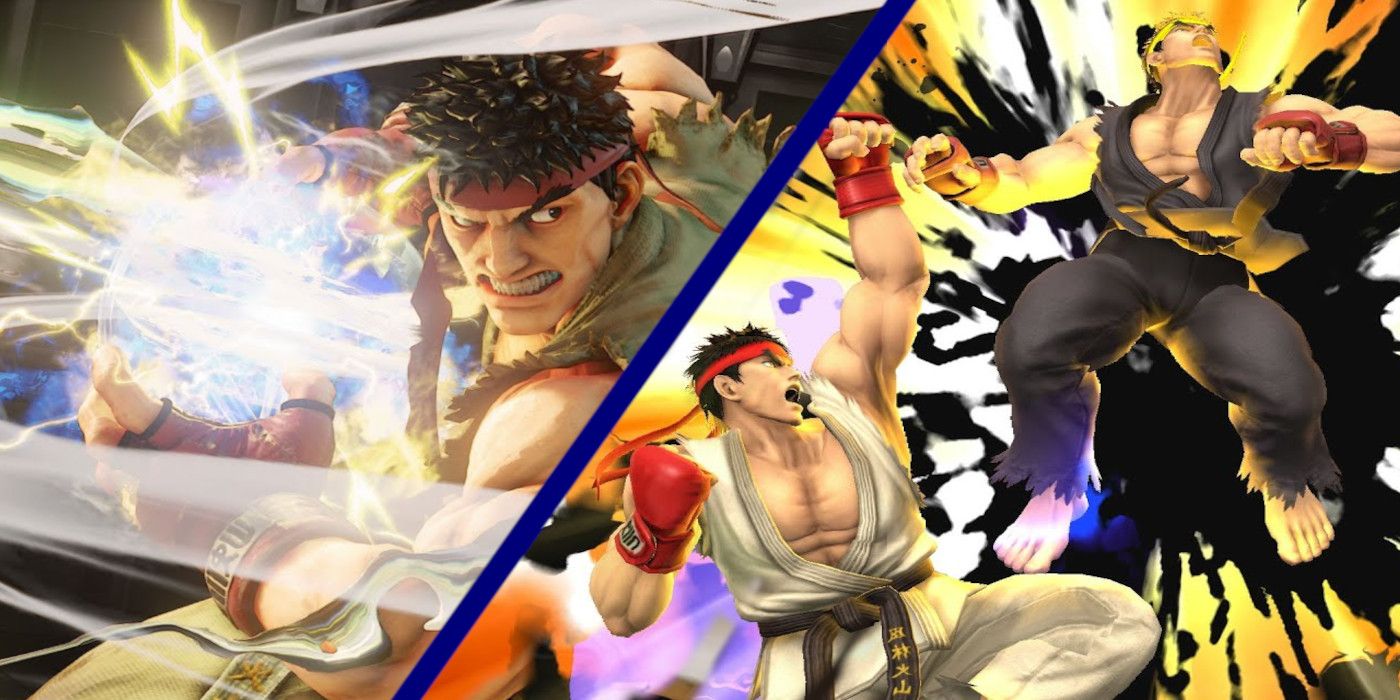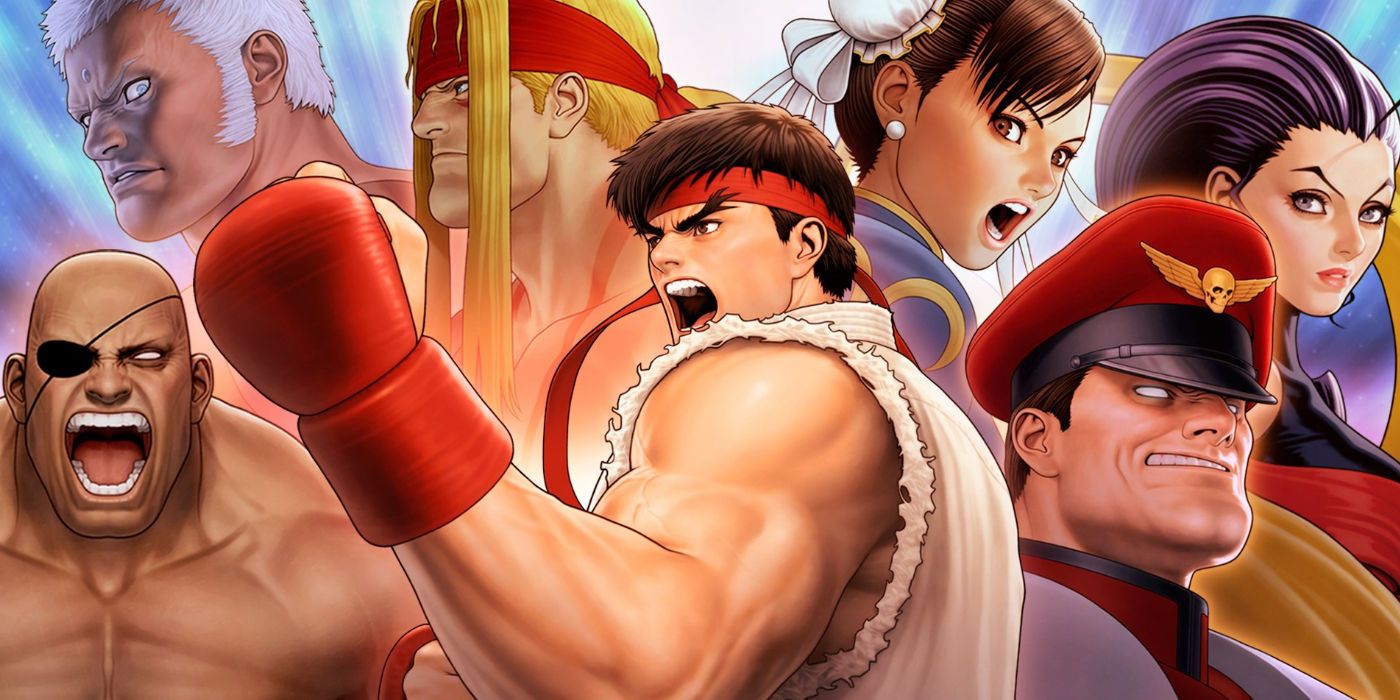With few notable exceptions, no fighting game character is as iconic as Street Fighter's Ryu. Likewise, there are only a handful of select attacks which have worked their way into the public consciousness in the same way as Ryu's Hadouken and Shoryuken, and for good reason. No 2D fighting game's design has been left unaffected by the most basic strategies surrounding these two Street Fighter moves.
If any fighting game character were to embody the fundamental skills needed to master the genre, it would be Street Fighter's Ryu. His toolkit encourages players to take a strong, consistent approach to their gameplay. He is capable of both offense and defensive playstyles, making him incredibly versatile. Even though the player can rush down their opponent with Ryu, it is generally agreed that the character performs well when the player is patient and focuses on analyzing their opponent before predicting their actions. This is where Ryu's special moves come into play.
Just because the player is supposed to be patient does not mean they are inactive. Patience should not be confused with passivity, and taking action during the "neutral" phase of a fight, when neither player has a clear advantage, can condition the opponent into making a mistake. As fighting game YouTube channel Core-A Gaming analyzed, a common strategy used by projectile characters is to stay just outside the opponent's jump range while throwing Hadoukens. This can bait the opponent into jumping over the fireball to try and land a high damage combo while Ryu is still stuck in his fireball animation. However, toeing the line of the opponent's jump range means the player is still relatively safe. The real fun comes when the opponent does jump. Core-A Gaming does not acknowledge this directly, but a common strategy in this "fireball game" is to react to an opponent's jump with Ryu's Shoryuken uppercut.
The Basic Strategy That Spawned Fighting Game Esports, Explained
Baiting the opponent to jump in and countering them with an anti-air Shoryuken is one of the earliest comprehensive game plans in fighting game history. It's not the only strategy one can use, and it has numerous permutations, but it is a simple and effective one that went on to shape the way fighting games were both played and designed. Based around this strategy, which originated in the days of Street Fighter 2, players formed counter-strategies and counter-counter-strategies, creating a meta-game unique to the genre. This meta-game has stood the test of time, and even basic strategies like these are still used by the world's best fighting game players.
Even when SF2's popularity spawned sequels, expansions, and other fighting games like King of Fighters, Ryu's fireball strategies maintained their relevance. Likewise, developers began taking strategies like this into account when they released expansions and sequels. Characters like KoF's Terry Bogard are just as capable of this basic strategy as Ryu, and later editions of Street Fighter would include characters with extra options to get around fireballs. This let them avoid the Shoryuken anti-air response entirely and forced players to alter their habits for different characters. For instance, Cammy has several responses to Ryu's fireball strategy: Her Quick Spin Knuckle is invincible to projectiles, and her Cannon Strike alters the arc of her jump, making it more difficult to predict when to anti-air. Other moves have armor, like Street Fighter 4's Focus Attack, allowing any character to absorb a fireball at the expense of temporary damage that recovers over time.
The most important thing this simple strategy accomplishes, however, is that it teaches players to learn fighting games, both online and in-person. Ryu's fireball strategy (which can actually be done with almost any projectile character) teaches players crucial skills like spacing, reactions, execution, conditioning, and prediction all at once. It also gives them a basic formula from which they can develop strategies of their own. More so than learning combos or picking top-tier characters, the process of using attacks and careful positioning to manipulate the opponent is critical to winning fighting games like Street Fighter consistently.
Source: Core-A Gaming


